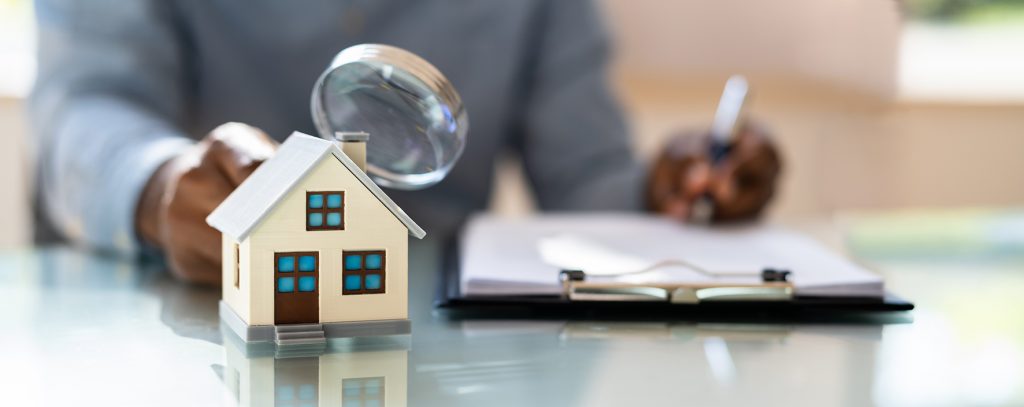Purchasing a home is a momentous investment, embodying dreams, hard work, and financial planning. It marks an exhilarating milestone, yet one that should be approached with care and attentiveness. An essential measure to safeguard your investment and ensure tranquility is to have your house inspected before moving in. A comprehensive home inspection can unveil potential issues, enabling you to address them proactively and evade unforeseen expenses and headaches in the future. When it comes to buying a home, knowledge is power, and a quality home inspection can provide you with that power.
The Key Elements of a Home Inspection
A comprehensive home inspection is essential to ensure the safety and structural integrity of a property. During the inspection, various elements are thoroughly examined, including the electrical system, plumbing, roof, foundation, and HVAC system. Additionally, inspectors scrutinize insulation, windows, doors, and the overall condition of the property. This meticulous examination aims to identify safety issues or hidden defects such as leaks, outdated wiring, or structural problems that may not be immediately apparent. It’s important to note that a home inspection does not aim to uncover every minor flaw or cosmetic issue but rather focuses on identifying substantial defects that could significantly impact the property’s value or pose safety risks.
The Role of a Practical Completion Inspection in Uncovering Potential Defects
A practical completion inspection (PCI), conducted when a property nears the end of its construction phase, plays a crucial role in safeguarding your investment. This inspection allows potential homeowners to identify and address any defects or quality issues before finalizing the purchase, thereby ensuring that all elements of the home are up to standard. A PCI is an excellent tool for assessing the quality of workmanship, checking for structural defects, and ensuring that all fixtures and fittings are correctly installed per the agreed specifications. This in-depth inspection can help uncover potential defects, offering you the opportunity to have them rectified before you move in. Namely, a practical completion inspection for new home builds can provide peace of mind and save you time, money, and stress in the long run. In some new home warranty programs, undergoing a practical completion inspection is a requirement to be eligible for coverage. When a new home build passes a PCI, it can also serve as proof of the quality of construction, providing reassurance to potential buyers.
Benefits of Having a Home Inspection
Getting a home inspection before moving in offers numerous benefits, with peace of mind being the top priority. By ensuring that your new home undergoes a thorough inspection and receives certification, any doubts or concerns about its condition can be alleviated. This proactive approach not only allows for the identification of potential issues in advance but also provides an opportunity to negotiate repairs or a lower purchase price. Additionally, a home inspection aids in strategic planning for future maintenance and repairs, making budgeting easier. Importantly, being aware of any safety concerns or major defects prior to moving in is far better than encountering them unexpectedly after becoming a homeowner. Ultimately, investing in a home inspection offers protection for your investment and empowers you to make informed decisions about your new home.
Having your home inspected before moving in is a prudent step in your home-buying journey. It provides a clear understanding of the home’s condition, potentially saving you from costly surprise repairs and providing peace of mind. More importantly, it offers an opportunity to ensure the safety of your living environment, making the home inspection process an invaluable tool in the real estate buying process. Never underestimate the power and protection offered by a comprehensive home inspection; it is a small price to pay for the security of your biggest investment.
